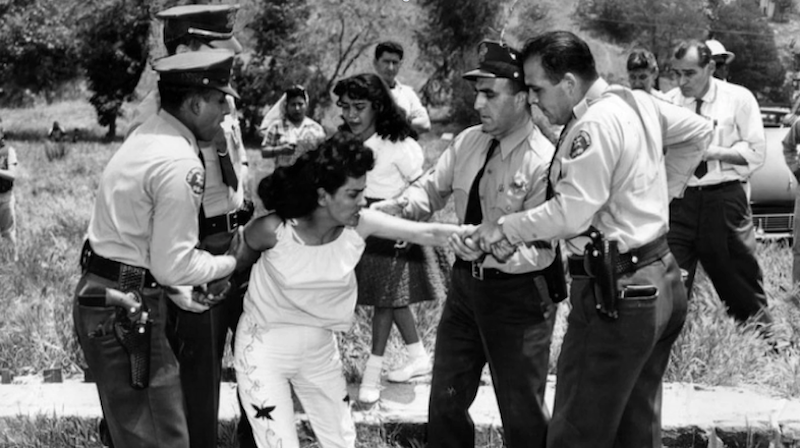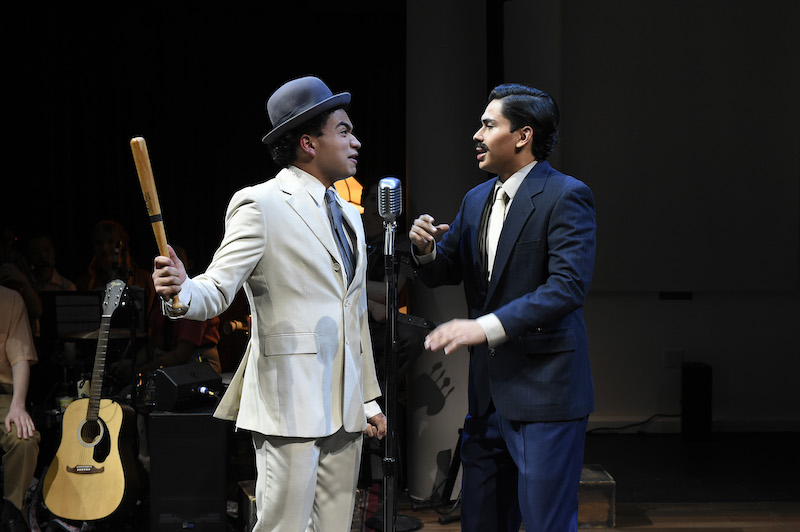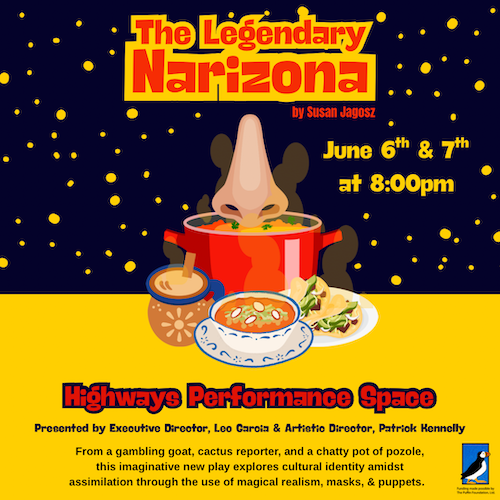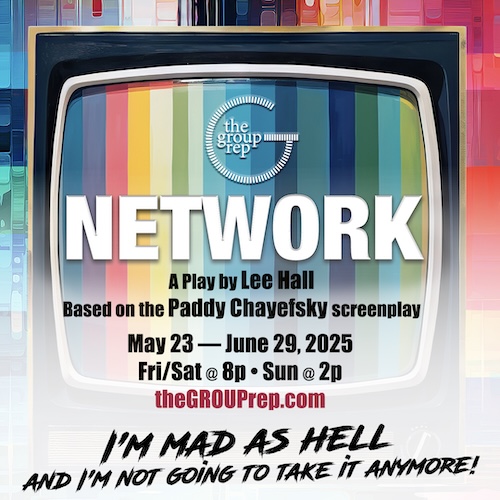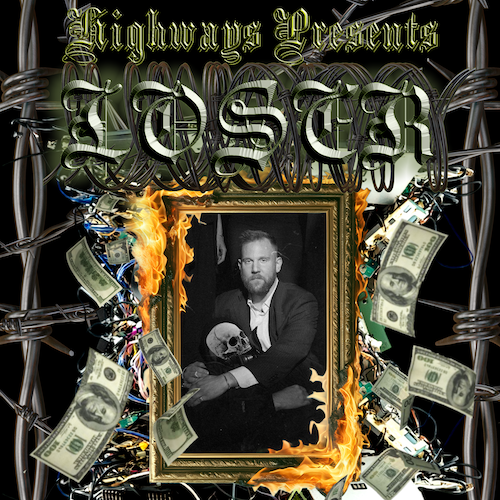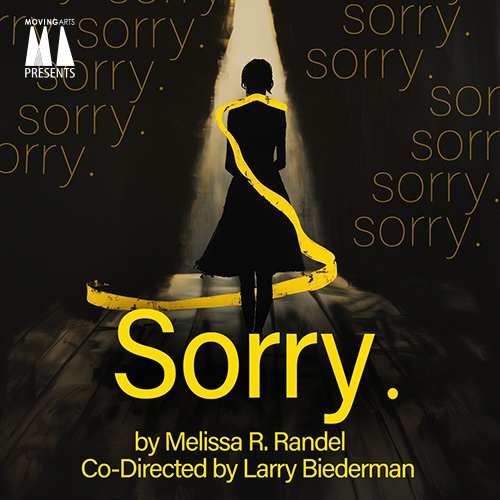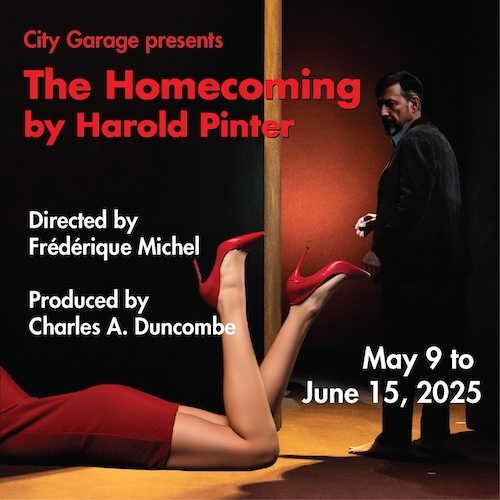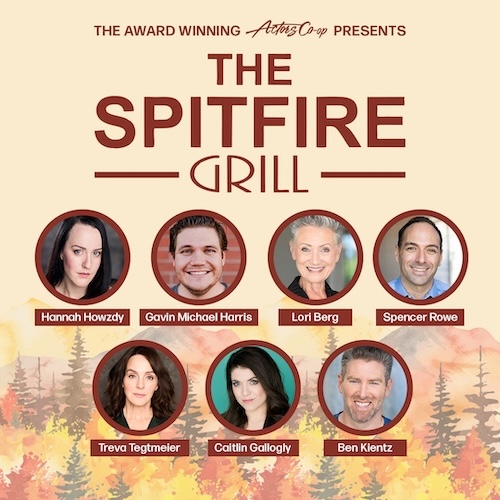Protest circa 1960 over the city’s eminent domain claim on homes in Chavez Ravine (Photo Courtesy of Los Angeles Public Library Archive)
Chavez Ravine: An L.A. Ghost Story
By Sophia Audelo
This article is part of the Stage Raw/Unusual Suspects Youth Journalism Fellowship
Dodger Stadium. Built in 1962, it is now an icon to Angelenos, but what was it before, and why do many say ghosts still linger?
Chavez Ravine: An L.A. Ghost Story (originally written and performed in 2003 at the Mark Taper Forum by sketch comedy troupe Culture Clash in ), is a beautiful theatrical telling of what Dodger Stadium used to be, and the strong, courageous people who used to live there. Performed by USC drama students on the USC campus in May, the play follows Mexican-American Maria Ruiz as she fights for the people in La Loma, Palo Verde, and Bishop — neighborhoods torn apart for the construction of our beloved stadium.
The story follows Maria’s life story and never-ending activism to protect the residents of Chavez Ravine when the land owned by Mexican-American Angelenos is sought by the government to build Dodger’s Stadium under eminent domain, theatricalizing a true story about the almost 10-year battle. The “ghost stories” of the people who once lived there, become real. Their loss, hopes, and dreams are shown to the audience and break our hearts every step of the way.
The play starts at an active Dodgers game — first inning. Twenty-year-old Fernando Valenzuela — a new addition to the team coming all the way from Navojoa, Mexico — has just made his first pitch of the game when something distracts him. Not something, but someone. Walking onto the field is Maria (Stefany Arroyo), and close behind her is her brother Henry (Francisco Espinosa Miranda) — dressed in a soldier’s uniform. The performance space is intimate, having around less than 100 seats. This makes the interruption of the game feel much more intense. Henry speaks directly to Fernando, starting the emotional journey of this land’s history.
He tells him how it wasn’t just a patch of land, but, as we see in the story, homes bought out by the city to make projects — projects that old residents would have priority to, but when a new mayor gets elected, the houses get abandoned, and all the people who gave up their homes are left with nothing. Henry is the person who starts off the topic of land importance, giving the temporarily false impression that the story follows him — the actor with a loud, clear voice filling the room. In reality, Chavez Ravine follows his sister Maria; small but mighty, she never has her head down, but instead keeps her chin up and her back straight. Maria had the power of persistence, and dedication — two abilities that made her a brilliant leader.
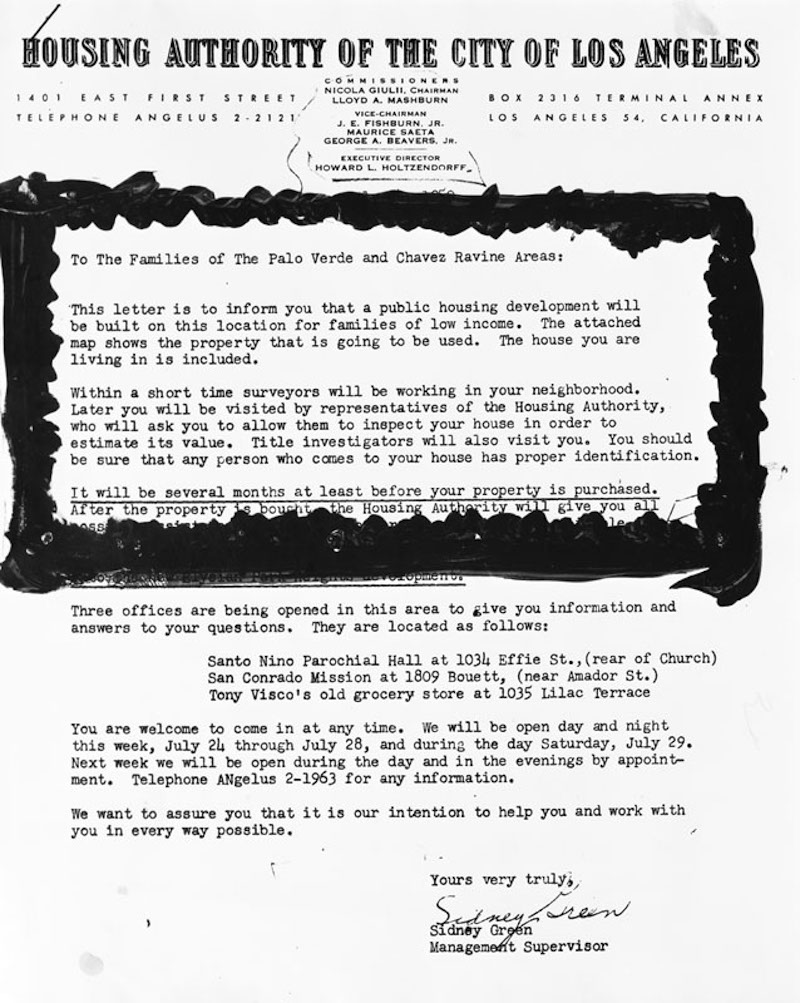
Notice to residents of Elysian Heights circa 1960: the promise of low-income housing in exhange for the city’s seizure of their homes. (Photo courtesy of Los Angeles Public Library Archives)
Outside the game, the audience is transported to a Catholic church where a sign hangs, saying, “Welcome Home Henry.” The year is 1946 and Maria is preparing for her WWII veteran brother to come home. Here we meet Father Tommy (Luis Martinez Paz) — the priest at their church — when Henry comes home early. Maria leaves soon after to continue the party preparation, and Henry and Tommy are left alone. During this time Father Tommy reminds Henry how the Lord loves him and is always with him, sparking something angry in Henry, who expresses how he didn’t feel “the Lord” with him on the battlefield.
Though really small, the moment feels important because of the weight religion has in Mexican culture. At the beginning of the scene, Henry refers to Father Tommy as “sir,” something Father Tommy feels is unnecessary. This depicts how much Henry respects him, so when he completely shift to anger, raising his voice, the actor, Miranda, swiftly grabs the audience’s attention.
Throughout the show, a small band of around five plays on stage, further immersing the audience and adding intense emotion. At one point in the show while at a Dodgers game, they begin playing “Take Me Out to the Ball Game” having the audience sing along, adding an element of fun to the show, which is beyond inspirational.
Maria Ruiz was a strong Chicana woman leading a movement to protect the housing of her neighbors. She felt betrayed and would do anything in her power to get justice for everyone involved. Maria was a true inspiration to watch.
Stefany Arroyo embodies the character incredibly well through her genuine passion seeping through the character. There was a true dedication, using her vocal variety to let the lines really land. She has a way of commanding a room, not just as Maria, but also as Stefany. At around five feet tall, she controls a room when she walks into it.
Luis Martin Paz’s talent also stands out. He originally played the priest, but due to the small cast, bounced around to perform as multiple characters — including a Dodger Angel at one point. His character-hopping was hilarious and demonstrated the variety of his artistic range. He was able to capture the kindness of Father Tommy, while also being able to do a full 180 and act like a kid. It was absolutely brilliant.
This show is both hilarious and emotional, filled with so much beautiful representation from start to finish. The minimalist set makes the actors push themselves to carry the story with their performances.
The band is their own character, teleporting you to different times and locations with the characters.
Chavez Ravine: An L.A. Ghost Story is an authentic retelling of history down to the casting, as shown through the lead, Maria, played by an Hispanic woman — unfortunately, something not all shows used to prioritize. It shows a part of L.A. history so many of us may be unaware of.
Sanctuary Theatre at the University of Southern California. Closed

